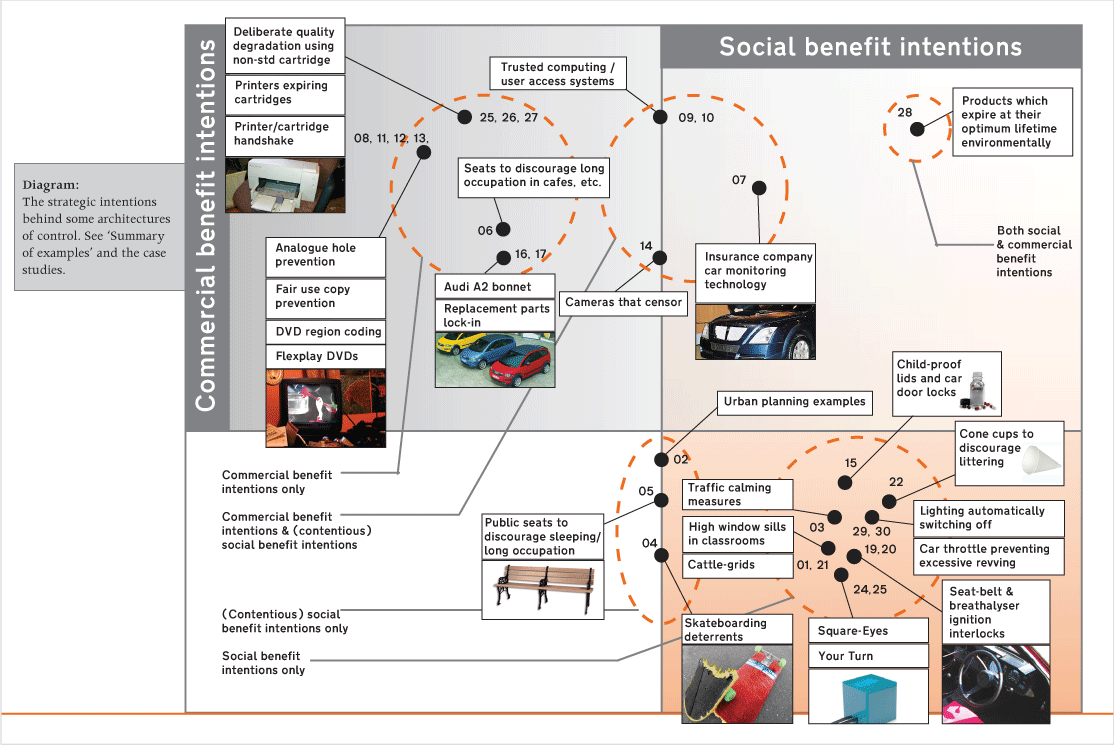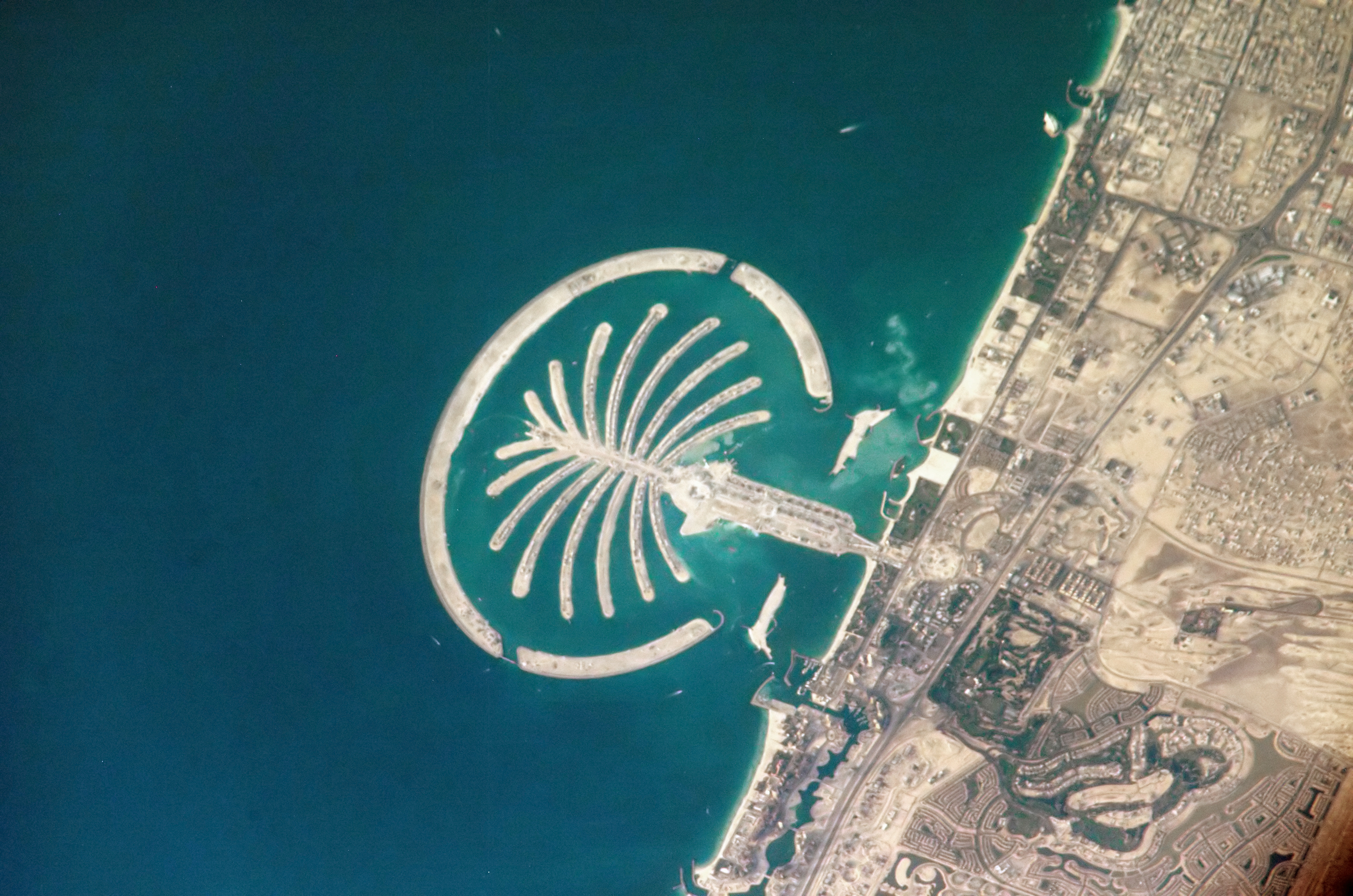
The single most powerful icon of urban communication in my mind is Chicago's Millennium Park. Timothy Gilfoyle has written a marvelous history of all of the elements that went into the creation of this special urban space: the legislation that provided an open lakefront, the rise of the railroad infrastructure that brought economic wealth and cultural clout to Chicago and the subsequent decline that left a ghostly space in the heart of the city, the public private investments needed to fund the park, the impact of globalization on local corporate philanthropy, and the aesthetic vision that informed contemporary sculpture suitable to the scale of the park.
If we are lucky, in five years a scholar will write a book documenting the use of this park as a site of urban communication, which varies in scale from crowds of hundreds of thousands that come together to mark civic holidays to single individuals contemplating the water garden, and range from the high culture of a restored black and white print of Sergei Eisenstein's 1925 classic Battleship Potemkin backed by a symphony orchestra to the simple joy of a Chicago style hotdog.




















